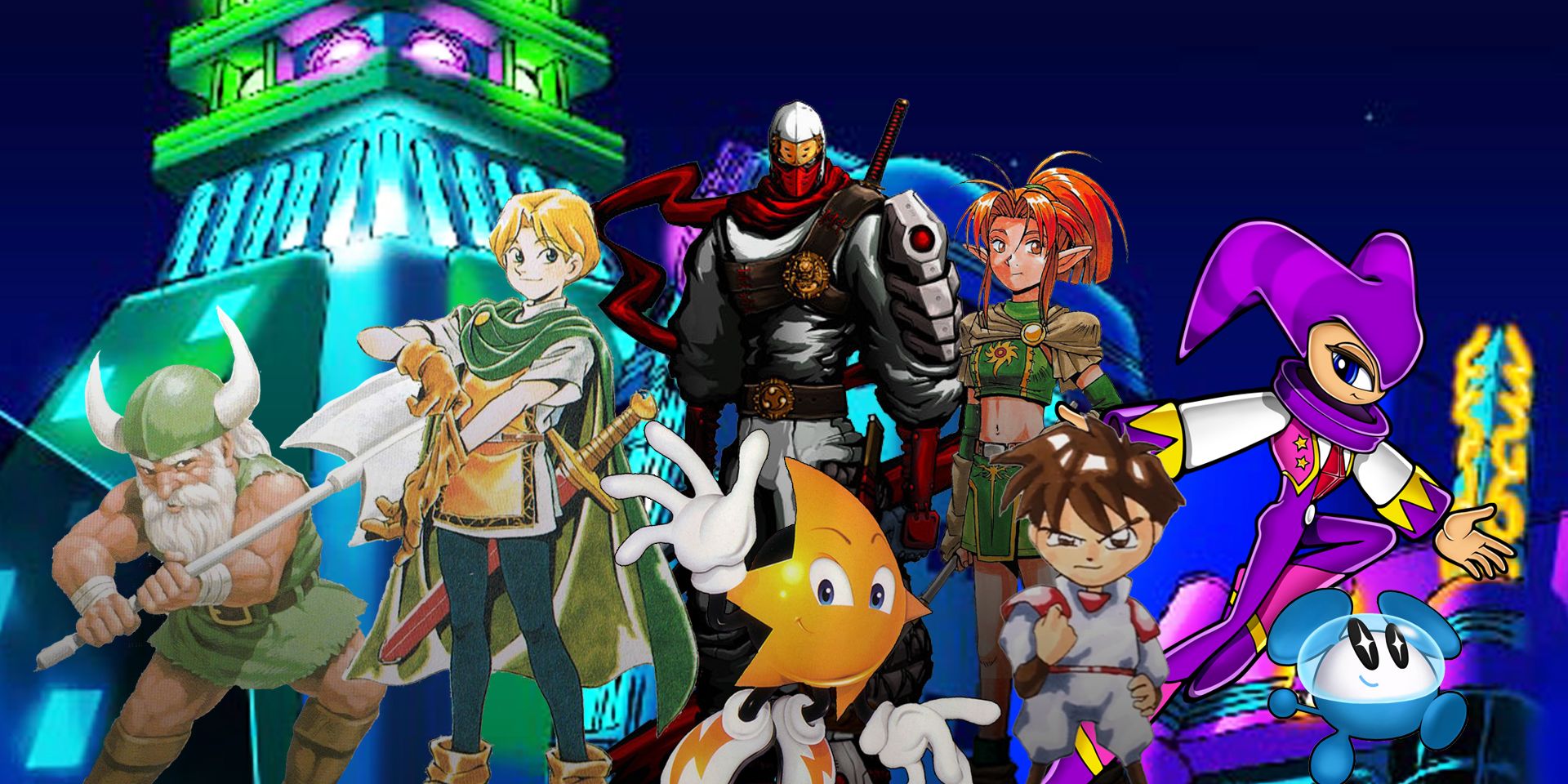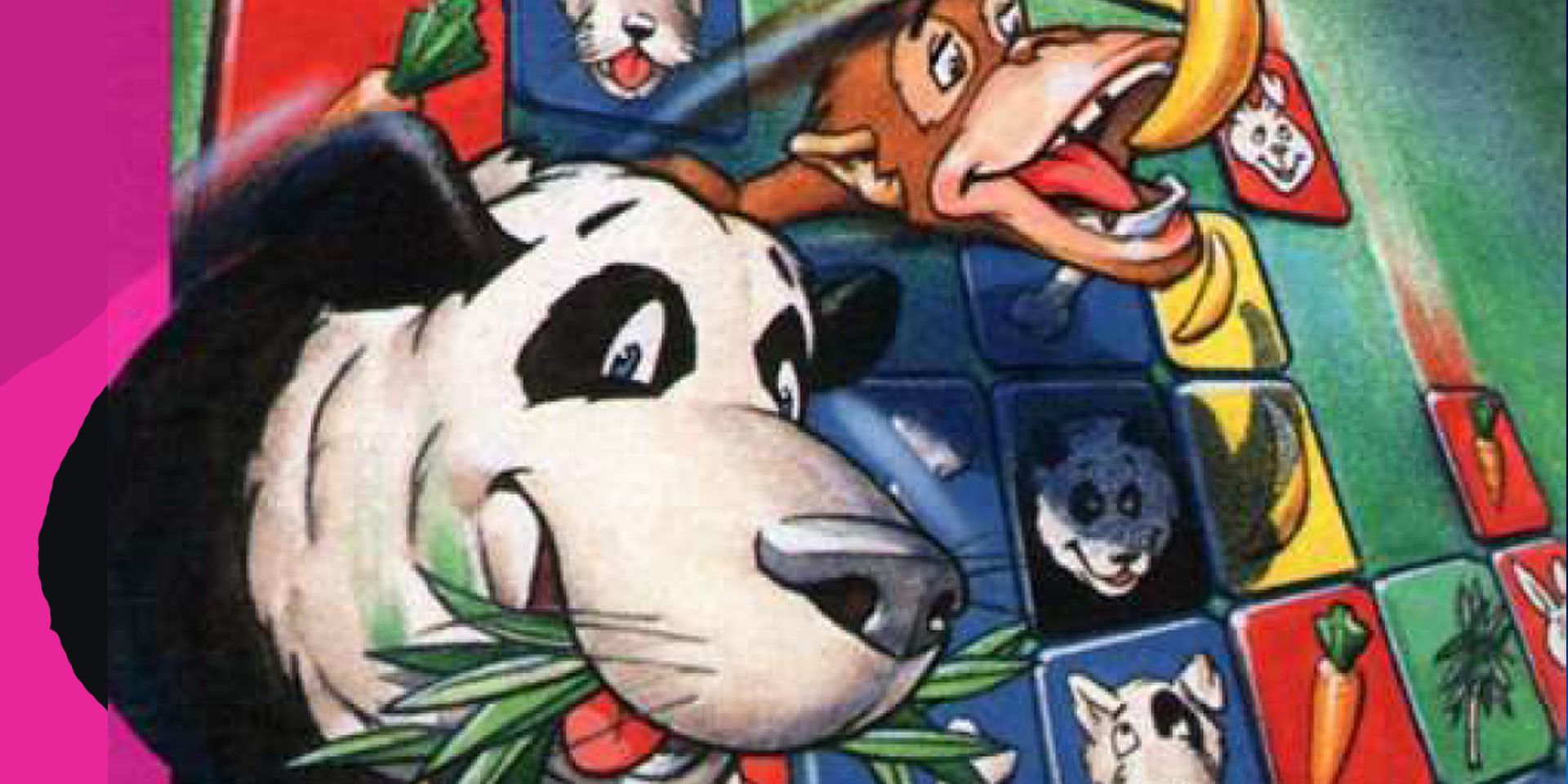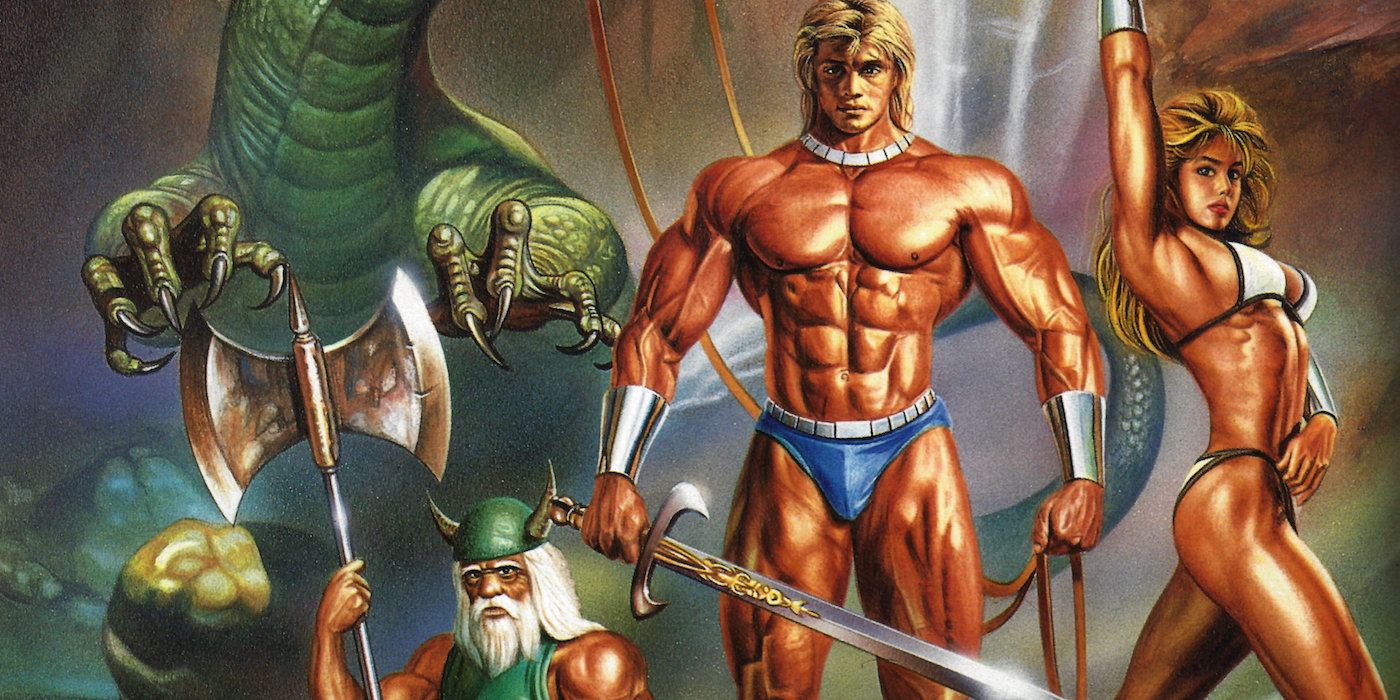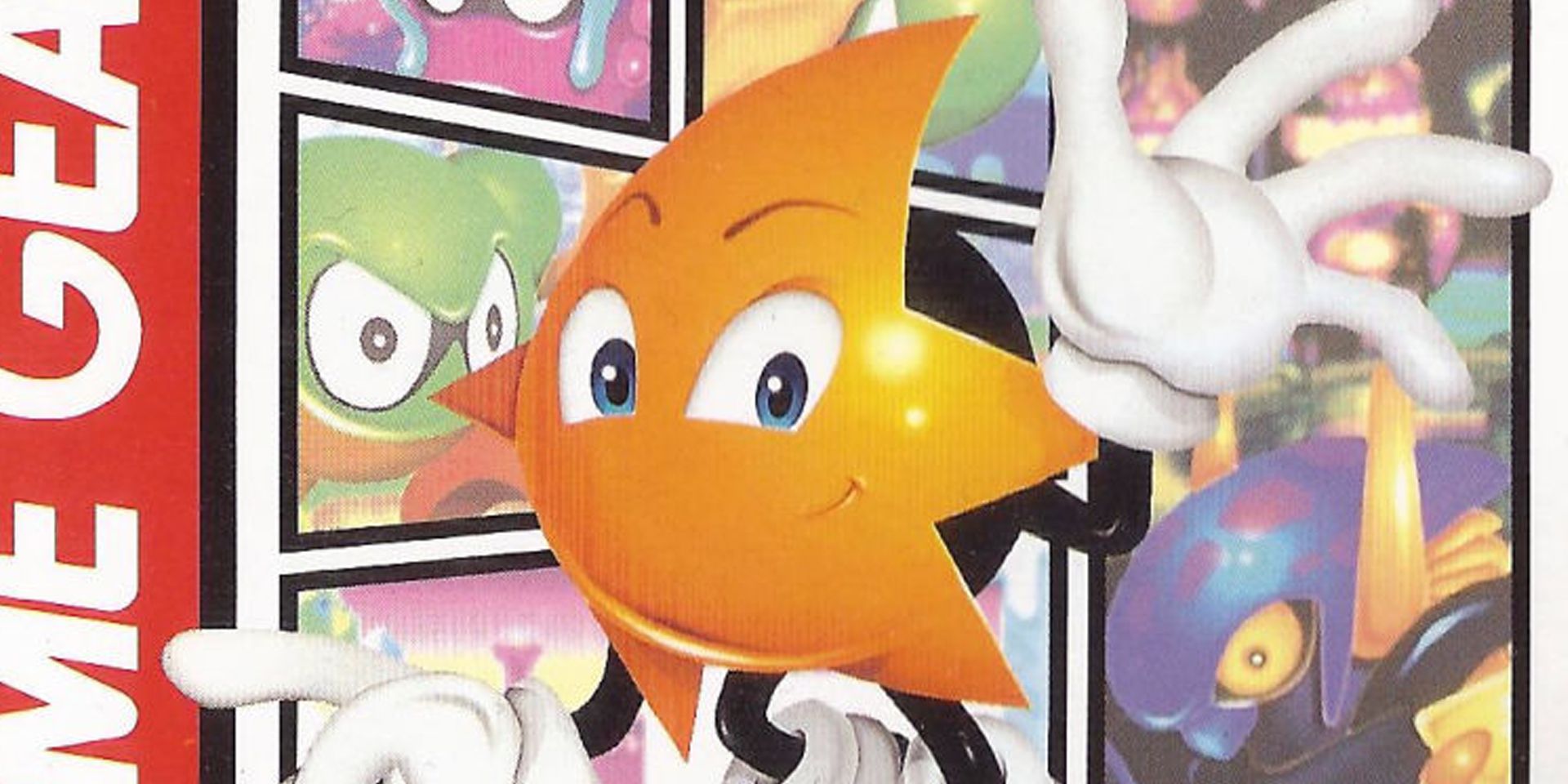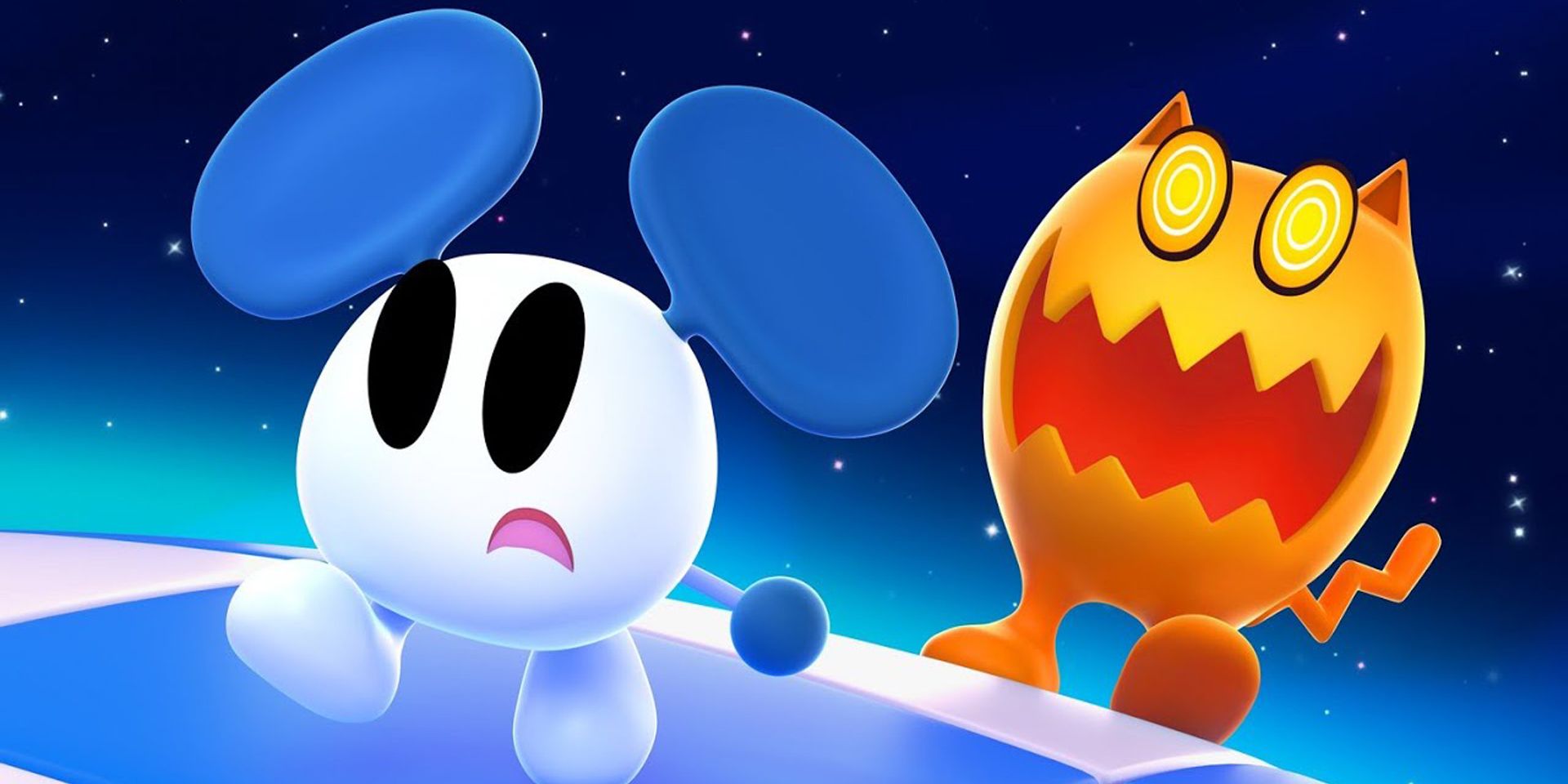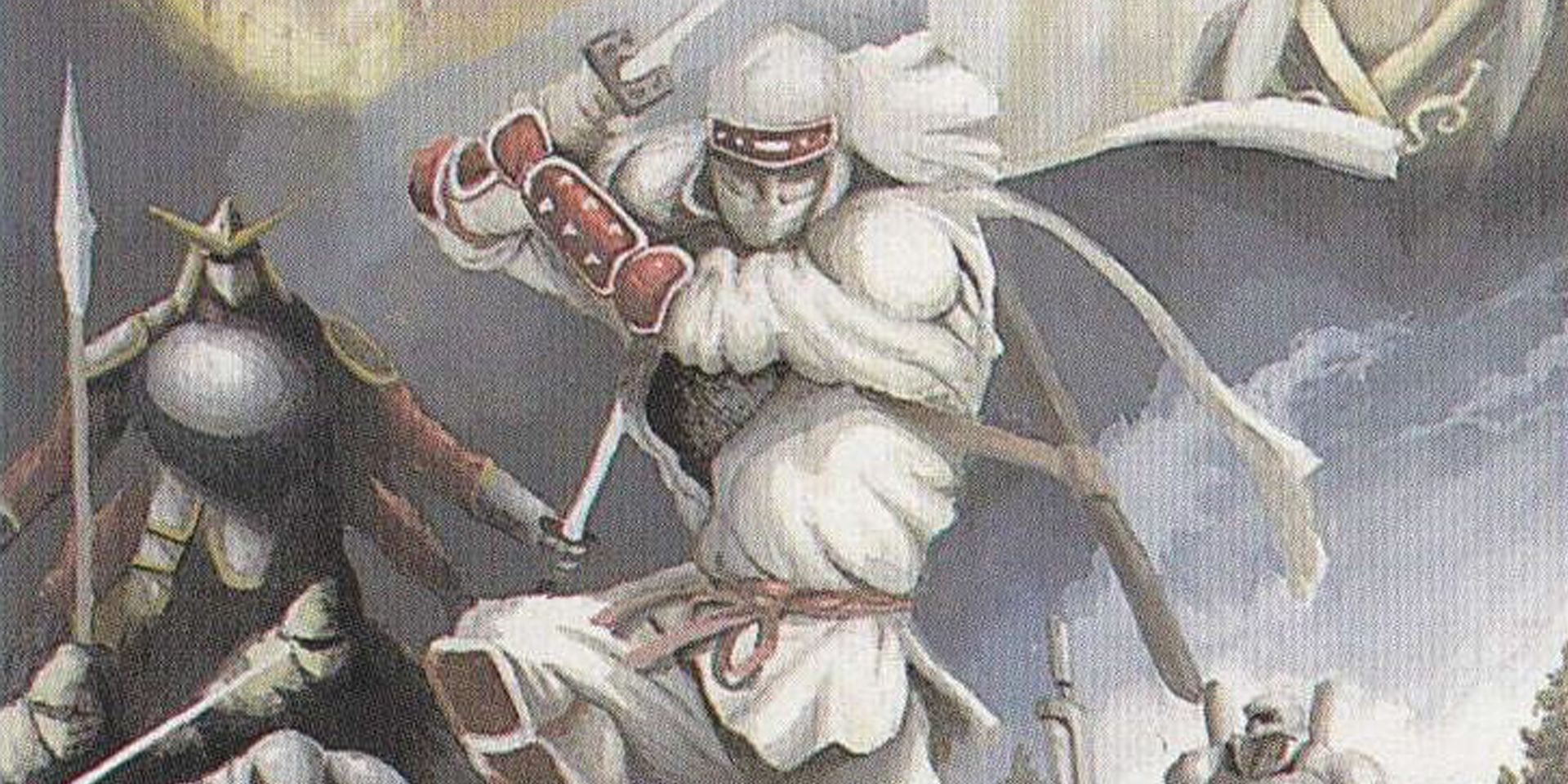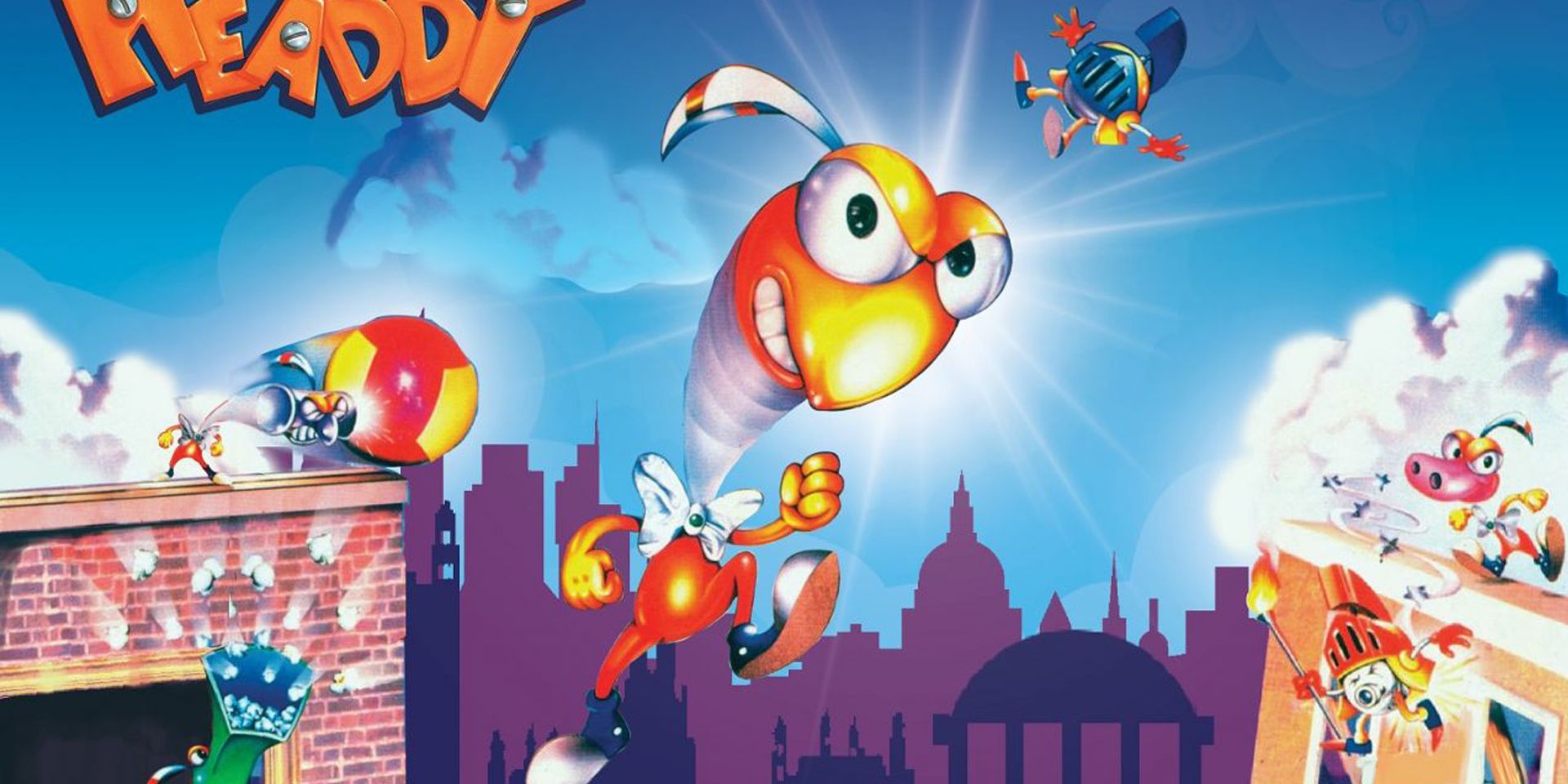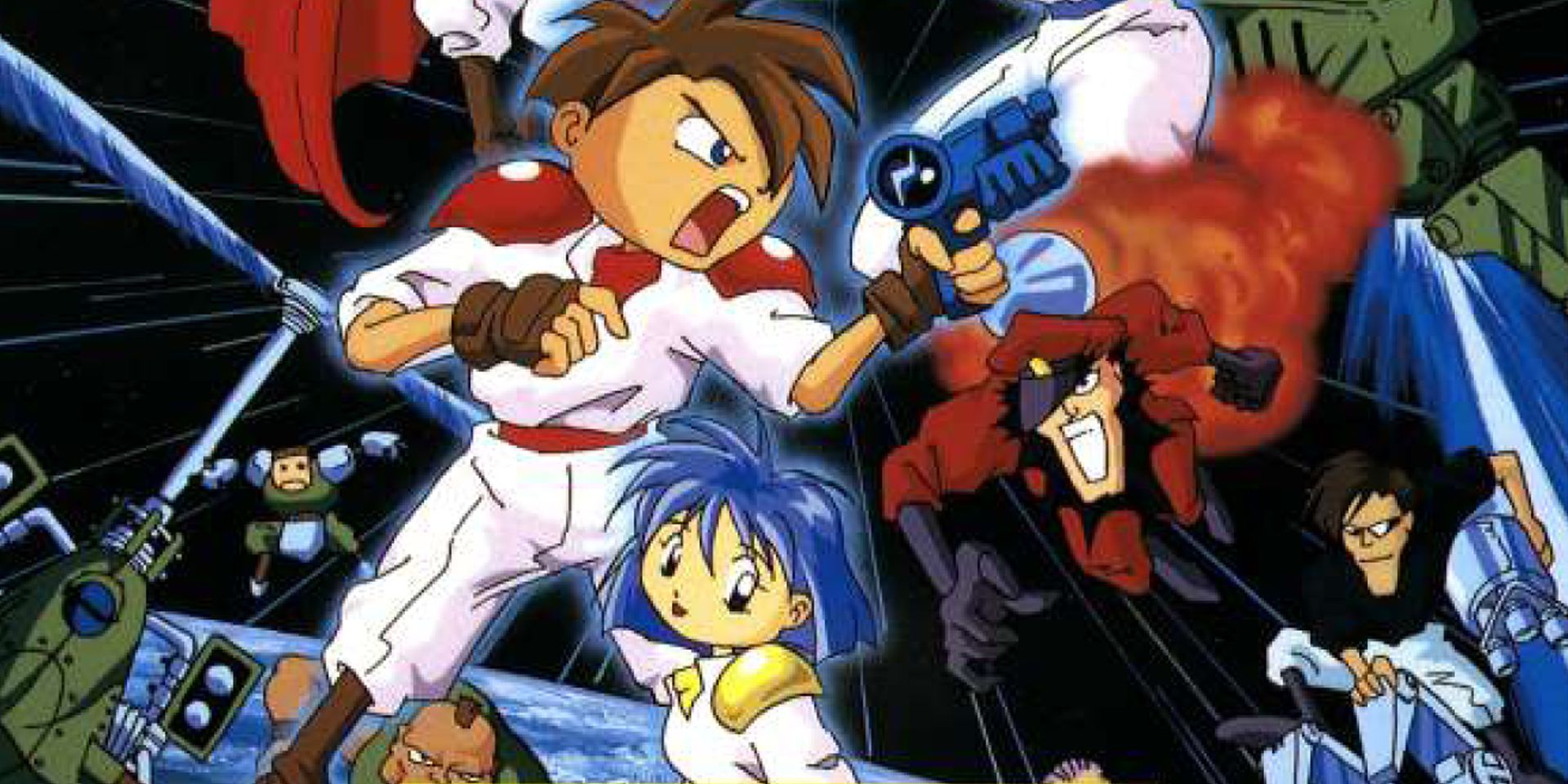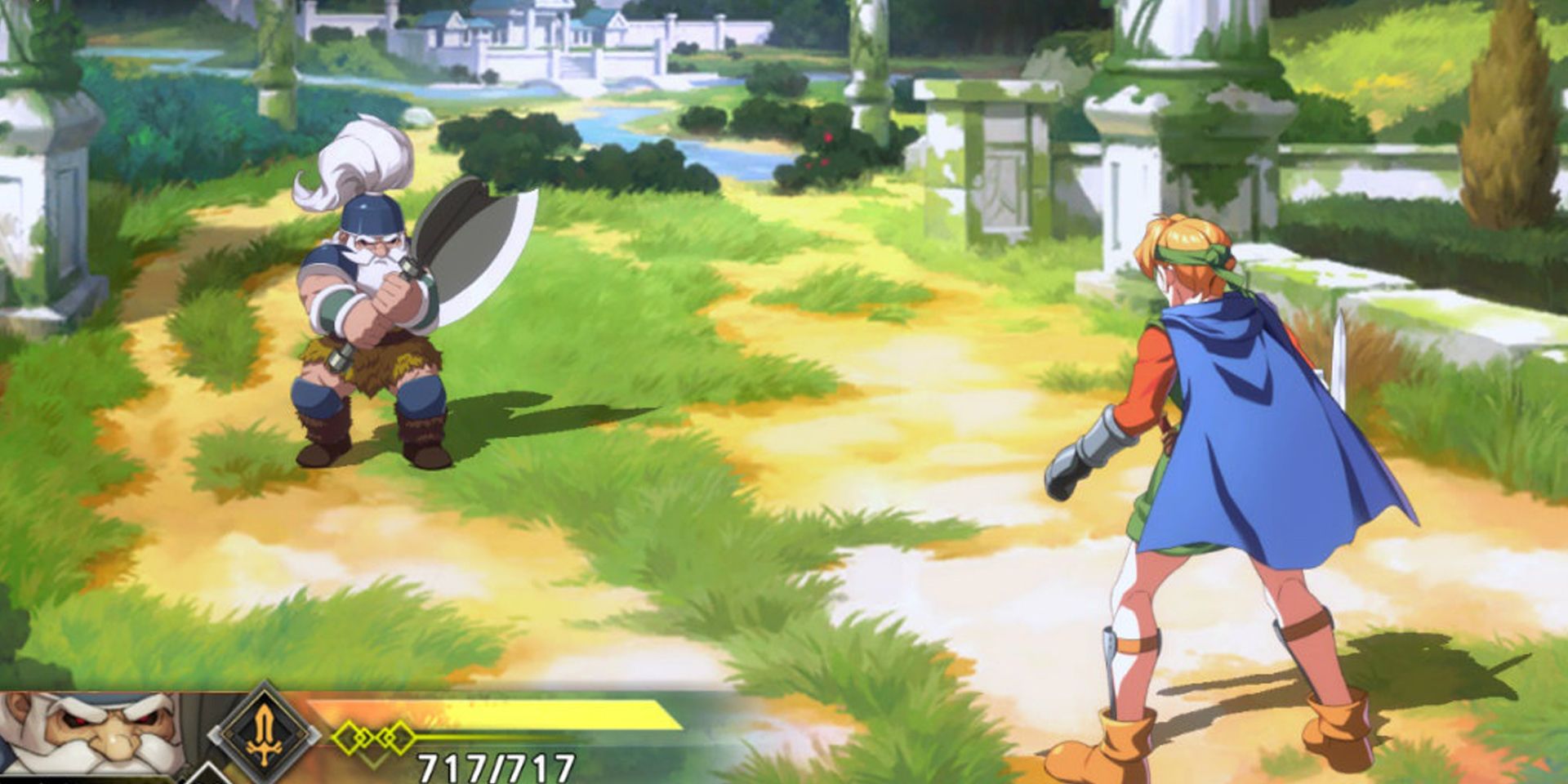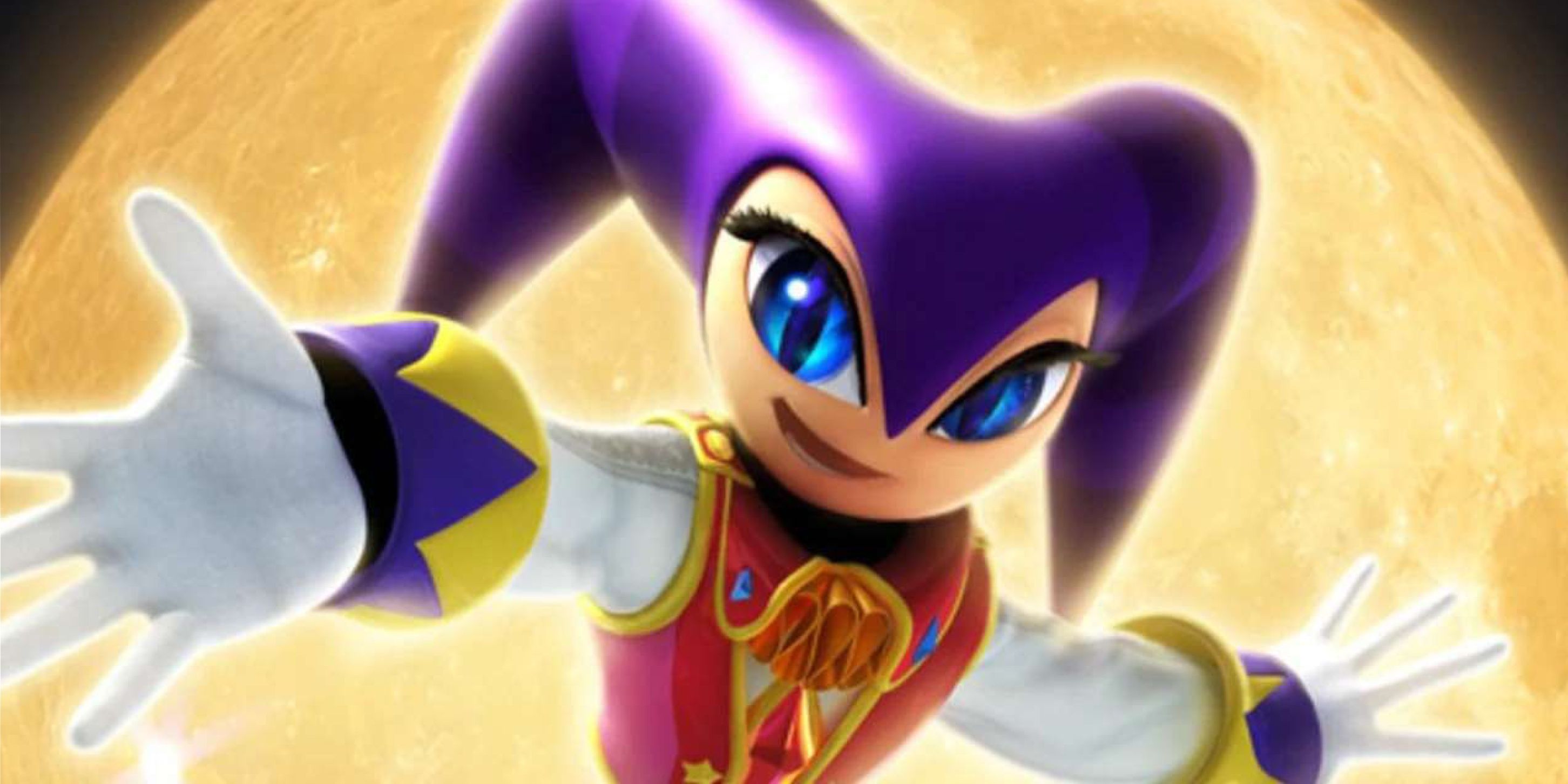After decades of underwhelming titles, 2017’s Sonic Mania was regarded by many as a long-awaited return to form. Developed by Pagodawest and Headcannon, the game succeeded largely where Sonic Team themselves had failed. Now, Takashi Iizuka’s team aims to recapture that magic with the upcoming Sonic Superstars.
Unlike Mania’s retro visuals, Superstars will incorporate the polygonal visuals of its 3D counterparts. The game will also mark the first entry to be worked on by artist Naoto Oshima since Sonic Adventure in 1999. The prospect of a classic Sonic title with modern visuals is certainly appealing, and there are plenty more Sega properties that could benefit from the same treatment.
10 Baku Baku Animal
Baku Baku Animal was a strange puzzle title akin to Puyo Puyo and Tetris. The game tasked players with feeding descending animals their preferred foods and chaining combos. Fittingly enough, the game’s idiosyncratic name was derived from the Japanese onomatopoeia for eating.
After its arcade debut, Baku Baku Animal was released as part of the Sonic & Garfield Pack for PCs and on the Sega Saturn. Gamers would later be able to take the game on the go with ports to the Game Gear and cell phones. Unfortunately, Baku Baku is one of many Sega properties that are not available on modern machines.
9 Golden Axe
This fantasy beat ’em up franchise originated in the arcades with a successful home port following shortly after. However, the first entry would see two diverging follow-ups in the arcade-exclusive Revenge of Death Adder and Golden Axe II on the Genesis.
The second console-exclusive entry,Golden Axe III, would be denied a Western release due to its low-quality visuals and gameplay. Spin-off titles such as Warrior and The Duel garnered polarizing responses from critics and fans. However, its abysmal HD reboot, Beast Rider, vanquished the series more effectively than Death Adder possibly could.
8 Comix Zone
One of the hidden gems to be released during the twilight years of the Genesis, Comix Zone put players in control of artist Sketch Turner and tasked them with thwarting his nefarious creation Mortus. The game incorporated elements of beat ’em ups, platformers, and puzzle games.
Each section of the levels took place within a comic panel, complete with word bubbles and sound effects. Though the campaign was short, the game made up for this with its relentless difficulty. While the game is available on platforms such as Steam, a modern follow-up could expand upon the game’s distinct comic book art-direction
7 Ristar
Developed by several Sonic Team staff, Ristar was a quality character platformer that stood toe-to-toe with the Blue Blur’s efforts. As the eponymous shooting star, players could extend their arms to grab objects and enemies. Each of the stages took full advantage of this gameplay gimmick with poles that could launch players and even hidden secrets.
On a presentation front, Ristar shined with an energetic soundtrack and whimsical visuals. Unfortunately, the game was one of the many overlooked classics to be released during the dying days of the Genesis. While Ristar has cropped up in occasional cameos, he’s yet to get the follow-up he deserves.
6 ChuChu Rocket!
One of the last Sega titles to be directed by Yuji Naka, ChuChu Rocket! for the Sega Dreamcast was an inventive action puzzle title. Players were tasked with guiding a bunch of cuddly mouse creatures to safety while avoiding chomping cats. The game was conceived out of a desire to test the system’s ability to render multiple characters at once.
While there were complaints of lag in the online mode, ChuChu Rocket! was lauded for its neat mechanics and fun multiplayer. The game would see a great port on the Game Boy Advance as well as a mobile spinoff. Unfortunately, the latter would eventually be removed from the Apple Store.
5 Shinobi
Originating in the arcades, the Shinobi franchise comprises several tough-as-nails action titles that incorporate a healthy mix of combat and platforming. The second entry, Revenge of the Shinobi, truly put the series on the map with its striking 16-bit visuals and Yuzo Koshiro’s distinct soundtrack.
Shinobi III proved equally impressive with its refined controls, additional moves, and amazing set pieces. Unfortunately, the series would struggle to stay relevant with the FMV-filled Shinobi Legions and an underwhelming PlayStation 2 reboot. While Gripotnite’s 2011 effort was admirable, Joe Musashi has dwelled within the shadows for far too long.
4 Dynamite Headdy
After the success of Gunstar Heroes, Treasure would once again collaborate with Sega with an inventive little platformer called Dynamite Headdy. Players controlled the aforementioned puppet who would detach his head to attack enemies and or even gain new abilities.
Dynamite Headdy was constantly surprising players with its imaginative level design, an abundance of creative mini-games, and impressive boss fights. Keeping with the puppet theme, the game also took on the presentation of a stage play complete with spotlights, handmade backgrounds, and rising curtains. The end result was one of the most charming and quirky titles the Genesis had to offer, and there is plenty more design space to explore.
3 Gunstar Heroes
The game that kick-started Treasure, Gunstar Heroes was a high octane run n’ gun that boasted a huge amount of customization and challenge. The game was made up of seven different stages with the first four selectable in any order.
Each Gunstar Heroes stage had its own gimmick such as an antigravity mine cart chase and a boss rush determined by the roll of a giant die. Players could choose between a free or fixed stance while firing, and even combine two different projectiles into one to get the best of both worlds. The series saw a sequel on the Game Boy Advance before fading into the mists of time.
2 Shining Force
Before partnering up with Nintendo for their Golden Sun and Mario sports titles, Camelot Software was renowned for their Shining Force games on Sega platforms. The series mixed elements of JRPGs with turn-based tactics titles. The first two mainline entries were released on the Genesis to rave reviews.
The third installment would find its way on the 32-bit Saturn and bring the series into the third dimension. Despite the absence of the game’s final two scenarios, Shining Force III was critically acclaimed upon its Western release. Unfortunately, each subsequent entry such as Tears and Force Neo has failed to shine as brightly as the original trilogy.
1 Nights Into Dreams
Following the success of Sonic the Hedgehog, Naoto Oshima and Takashi Isuka were eager to work on a new IP. Nights into Dreams for the Saturn put players in control of a flying jester who explored the dreamscapes of two troubled children. It attracted a cult following for its imaginative worlds and unique gameplay.
After Oshima and Naka’s departure from Sonic Team, Iizuka would direct the Wii-exclusive sequel Journey of Dreams. While Journey received some praise for its orchestrated score and creative boss fights, it was held back by an intrusive story and unpolished platforming sections. Despite this, fans are hoping their dreams for a follow-up will come true.
